Ask Me Anything AMA with Howard and Carole Baskin at BigCatRescue.org 04 01 2023
See daily updates with photos and videos at BigCatRescue.org
https://bigcatrescue.org/
Ask Me Anything AMA with Howard and Carole Baskin at BigCatRescue.org about moving the cats to TurpentineCreek.org 04 01 2023
Questions answered by TCWR about weather and environmental factors in Arkansas as well as other answers:
Turpentine Creek is located in the Ozark Mountains, a place of all 4 seasons. With thirty years of rescue, we have very specific accommodations for our animals.
African Servals, Leopards, Jaguars, and other warm climate animals have heated indoor buildings in addition to their outdoor habitats.
Lions have heated dens during the winter and have insulating substrate for bedding (mulch) - and many lions actually love playing in the snow.
Tigers, cougars, bobcats and bears are more adapted to living in 4 seasons. They also have insulating substrate (mulch) in the dens during the winter and all of our elderly cats have heated dens and bedding
What about Tornados?
In 75 years, only 20 tornadoes have touched down in the area, only 5 being category F2. The refuge meets with local fire and law enforcement for emergency evacuation and disaster training. There are tornado protocols in place, just like in the event of a hurricane in Tampa, FL.
Will the animals have pools?
All of the cats have access to pools during the summer. We are currently in the progress of building more permanent concrete pools that are approximately 24’ diameter and 2-3 feet deep. If they do not have a permanent pool yet, they have a large stock tank - cleaned regularly.
Why does it look so barren? Will they have trees and plants?
TCWR has 4 seasons. We get some snow. We get falling leaves that we pile up each day and the cats jump and play in. In the spring/summer, we get so much vegetation that we have to mow every enclosure weekly to keep up with TCWR Animal Curator’s Emily McCormack’s standards. There is actually so much vegetation in the summer that it becomes a nuisance.
Our habitats vary between forest and grasslands. If a habitat has more open areas, we plant trees and provide shade clothes and shaded structures as required by the USDA. We also plant tall reed grass/bamboo around the habitat areas which not only provides shade, but also acts as a natural visual barrier to provide places for the animals to hide and allows them to exhibit natural stalking behaviors
Many habitats also have natural rock structures built in them that give the animals places to rest on top, under, crawl through and otherwise interact. Logs and natural wood structures are provided for them to climb on, interact with and display natural scratching and rubbing behaviors.
What do you feed your animals?
Our carnivores get a variety of poultry products as well as beef, whole carcass rabbit, and zoo recommended Triple A or Nebraska Meat.
All of the animals are also provided with the necessary vitamins, nutraceuticals or dietary supplements as determined by our veterinarian and animal curator.
Every animal's diet is individually prepared and weighed out and anything not eaten is diligently recorded so we have accurate accounts of what each individual cat is consuming daily.
The dietary needs of the animals are closely monitored and diets are accessed and adjusted on a regular schedule by our veterinarian, curator and animal care commissary manager
Our bears get protein as well as fresh produce and fruit from the food purveyor in our area Ben Keith which we purchase. They are also provided with additional options (bread, eggs, popcorn, raisins, bread, canned fruit, peanut butter) in ‘fun dishes’ to provide them with more interesting options.
Toys and Enrichment questions
TCWR has 2 entire sheds on their property to hold the enrichment items that range from cardboard boxes, spices, perfumes, burlap bags, etc.
There is an ‘enrichment garden’ on our property where we grow aromatic herbs and spices which are picked and given to the animals - this includes various varieties of catnip, basil, cilantro, etc.
The cats are provided with toys that are specifically designed for exotic animals and purchased through Boomer Ball or Wildlife Toy box (among other companies).
Seasonally they are given pumpkins, watermelons and Christmas trees. Toys and structures are also made from fire hose or pvc pipe. The animal care team is always researching and learning about unique and innovative enrichment options for the big cats.
The cats have been given bubbles in their pools during the summer and some of the animals are part of our behavioral training program
The animal care staff has an enrichment coordinator that organizes and manages the enrichment program which includes diligent record keeping of all enrichment activities and the cat's individual reactions.
Please visit our enrichment page on our website for more information
-
 50:16
50:16
Big Cat Rescue
6 months agoGiving Tuesday is here! Join Carole & Howard and hear about the work of Big Cat Rescue! 11 28 2023
20 -
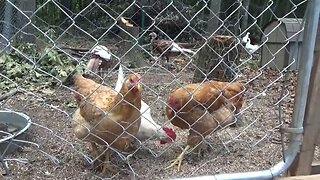 11:13
11:13
The Do It Yourself World
7 years agoHelping Friends And Homestead Life
-
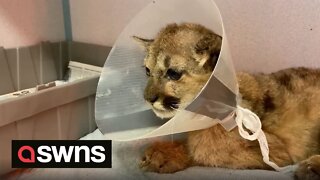 3:42
3:42
SWNS
2 years agoMountain lion cub rescued by hikers now lives at zoo with own special BACK SCRATCHER
641 -
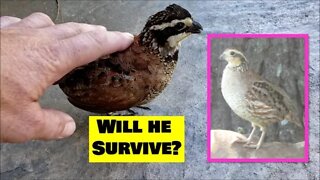 10:43
10:43
Everything land, outdoors & property!
3 years agoA BOBWHITE QUAIL RESCUE STORY & Wildlife conservation homestead vlog
45 -
 16:31
16:31
Everything land, outdoors & property!
3 years agoSkid Steer to the Rescue! July 4th Barn clean up & Gravel work with Bobcat T650!
12 -
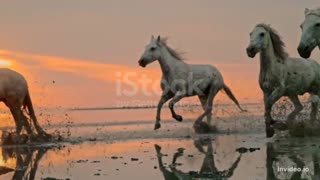 7:01
7:01
kostaspre
1 year agoWhat You Can Do for Wildlife
79 -
 4:18
4:18
swns
2 years agoDog who inspired a week-long rescue mission has been adopted
8.22K -
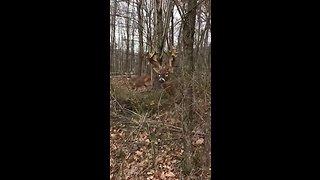 1:08
1:08
Fastestcat21
5 years ago $28.15 earnedProtective Buck Guards His Lady Friend
4.15K2 -
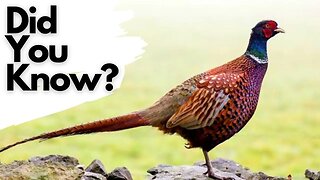 4:54
4:54
Kurt's News
1 year agoThings you should know about PHEASANTS!
84 -
 16:10
16:10
Ninja_Orchids
2 years agoAliceara Peggy Ruth Carpenter 'Morning Joy' | Self-Watering & Leca Care by The Med #CareCollab
7